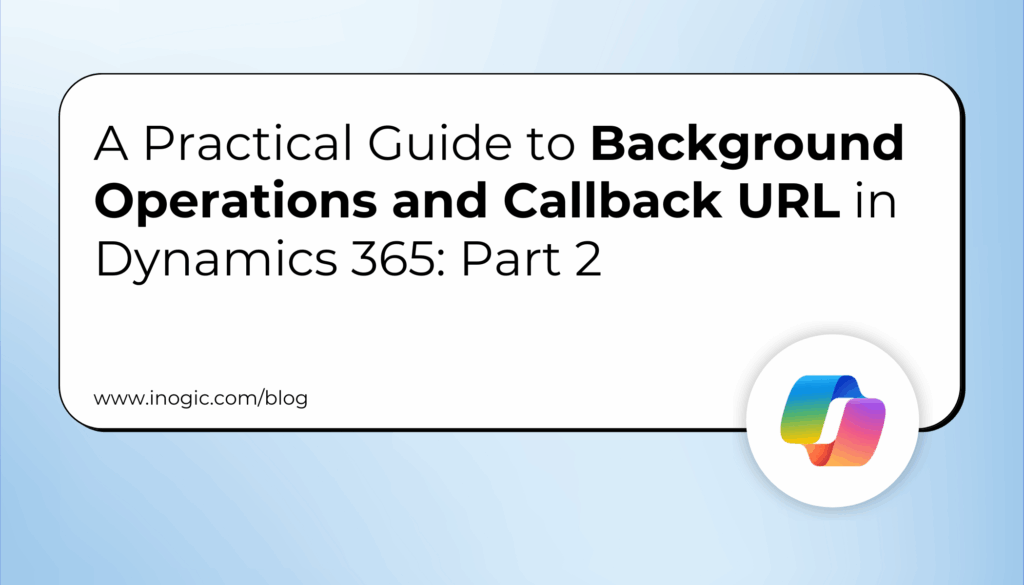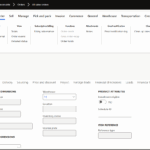Now Reading: Orphan Customer Profile lookups
-
01
Orphan Customer Profile lookups
Orphan Customer Profile lookups
There are scenarios in CI-D when it is integrated with Dataverse where you may run into a bug with the platform. This is when one of the COLA (Contact, Opportunity, Lead or Account) table records has the lookup Customer Profile pointing at a customer profile that isn’t there any more. In other words an orphan link, something that typically should not exists. I will start by describing a scenario where this can occur, what problems it can cause and how to fix it, both short term by you and long term by Microsoft.
When does it occur?
This problem typically occurs if you have chosen to have more contacts in dataverse than you have in CI-D. The most common reason for this is that each 100k of unified profiles in CI-D incur an non-trivial licensing cost per month. Hence skipping the least valuable customers could be a way to reduce this cost. The problem, on a more technical note, is of course that you will have to filter the customers before they are ingested into CI-D. The new filtering functionality in CI-D that is about to be released will probably help with this.
So, let’s say for the sake of an example that we are only keeping customers in CI-D that placed an order with us during the last 24 months. This means that if you have a customer that yesterday was included, it could pass the threshold and be excluded today. Hence it was synchronized to dataverse yesterday with the rehydration functionality and the corresponding contact record was linked to the customerprofileid with the COLA Backstamping functionality. However, today, when the synchronization happened, this contact is no longer part of the unified profiles and hence is not synchronized to dataverse. However, the COLA backstamping functionality does not clean up after itself properly and hence the customerprofileid lookup on the contact record that was set yesterday, is still set BUT as there is no customer profile that corresponds to this anymore, there is an orphan link.
What problems can it cause?
Let’s say you have an integration that might not as specific in its data processing as is best, and hence it reads all fields from dataverse, changes some and then writes all fields back, instead of just the ones that were changed. If this happens to a record with an orphan lookup link then when you try to save the contact to dataverse, the platform will throw an exception saying that the customerprofileid is incorrect/not pointing at a real record.
How to fix it yourself
The easiest fix you can do is probably to write a Power Automate flow that loops through all contact records and verifies that the customerprofileid is set to something that actually exists.
Another fix is to rebuild the integration so that it only changes fields it actually has a change for. This, does require some extra coding, but that code could be rather generic so that you can use it more. This change will also make your code execute faster. It does, however, not actually fix the problem, just removes the symptom.
For field and table reference, below is a FetchXml that will return the contacts that have the lookup field set and one for all customer profiles. I have tried combining these in an outer left join to get the ones that are incorrectly linked, but there is a limitation in FetchXml that is stopping this.
<fetch version="1.0" output-format="xml-platform" mapping="logical" distinct="false">
<entity name="contact">
<attribute name="fullname" />
<attribute name="contactid" />
<attribute name="msdynci_lookupfield_customerprofile" />
<filter type="and">
<condition attribute="msdynci_lookupfield_customerprofile" operator="not-null" />
</filter>
</entity>
</fetch>
<fetch version="1.0" output-format="xml-platform" mapping="logical" distinct="false">
<entity name="msdynci_customerprofile">
<attribute name="msdynci_customerprofileid" />
</entity>
</fetch>My suggestions to Microsoft on how they should fix it
There are two different ways to solve this from a Microsoft side, one is on the CI-D integration side and the other on the dataverse elastic table side.
First of all, I think this is an incorrect implementation by the CI-D team. Elastic tables currently do not respect cascade rules like “remove link” and this should be a known fact. Hence they should implement a function that after the backstamping is done for all existing records, it should clean up any customerprofileid:s that do not have a corresponding record.
The second alternative solution is for the dataverse team to implement functionality to respect some of the cascade rules, in essence making sure the dataverse platform cleans up any links to records that do not exist. The positive side of this would be that this fix would help any lookup pointing to an elastic table, as this is most certainly not limited to just the CI-D integration, but the negative side is that this would affect the performance of elastic tables, especially during deletes.
Original Post https://powerplatform.se/orphan-customer-profile-lookups/















